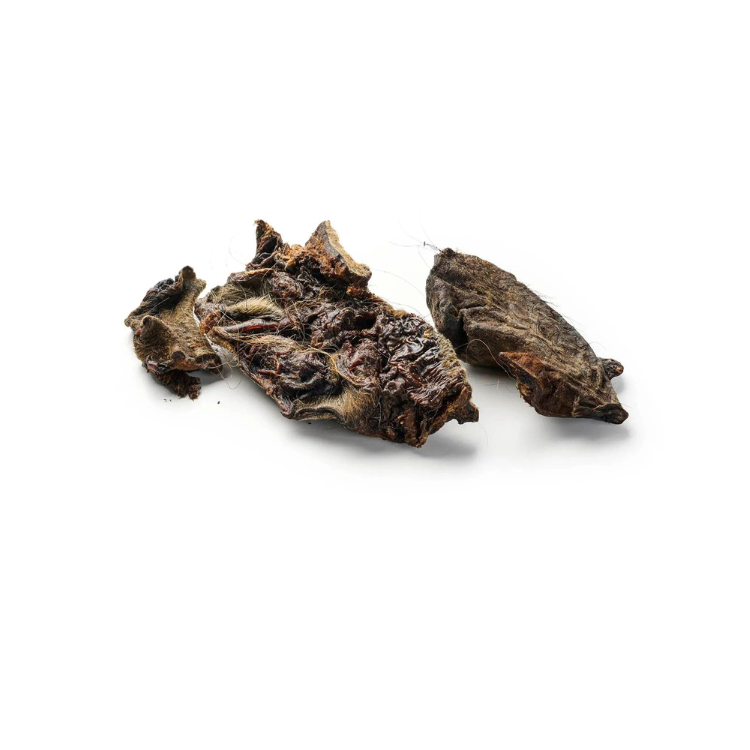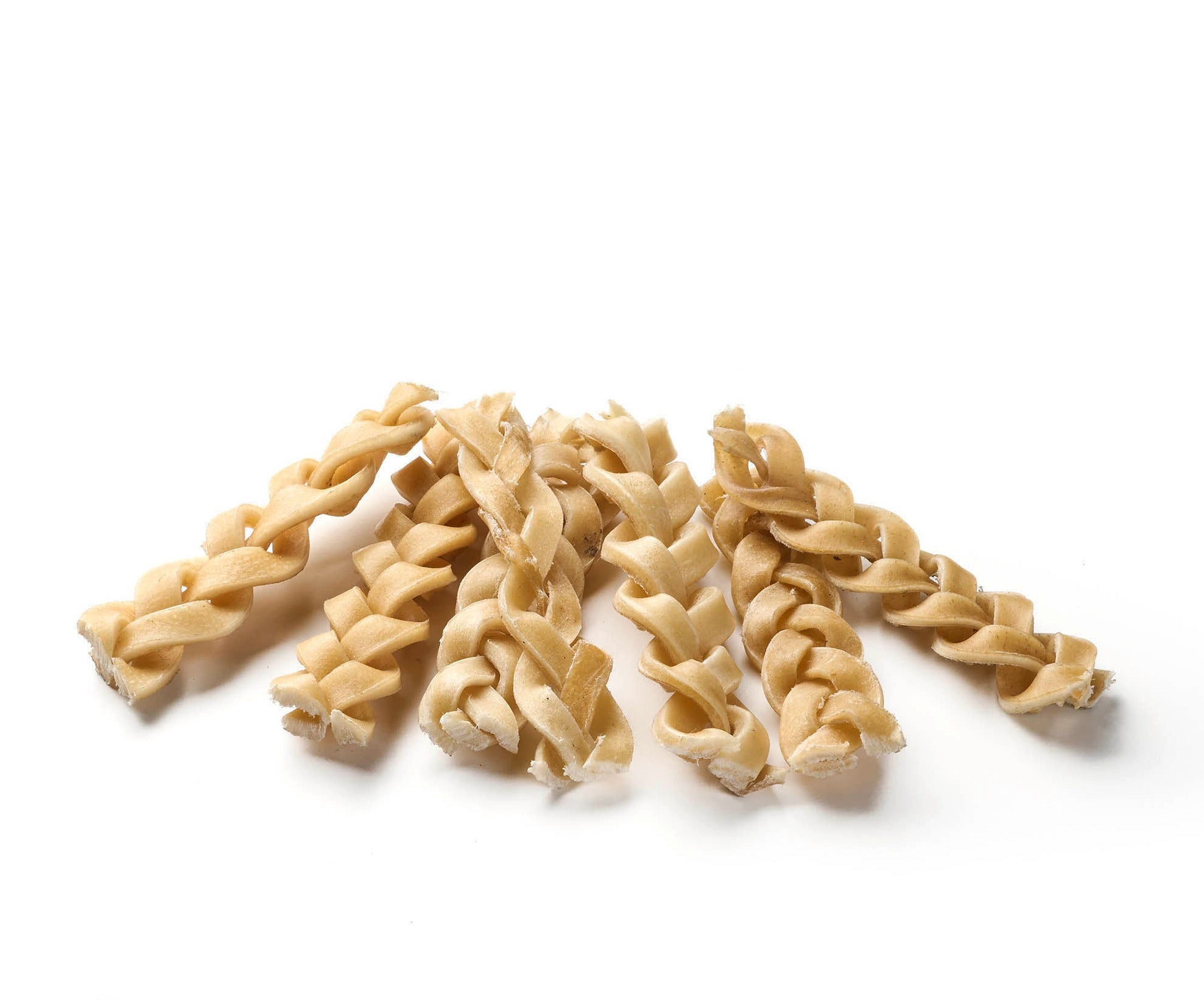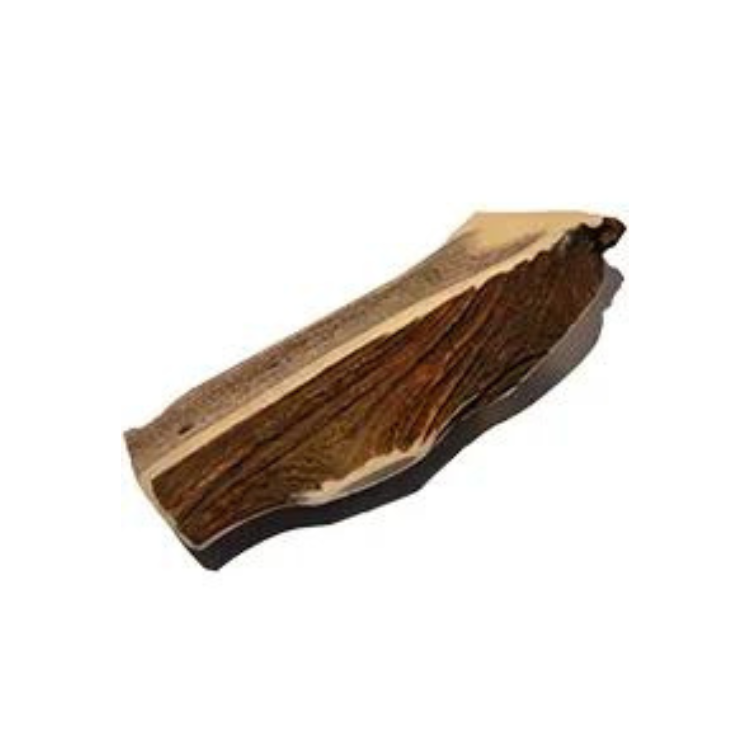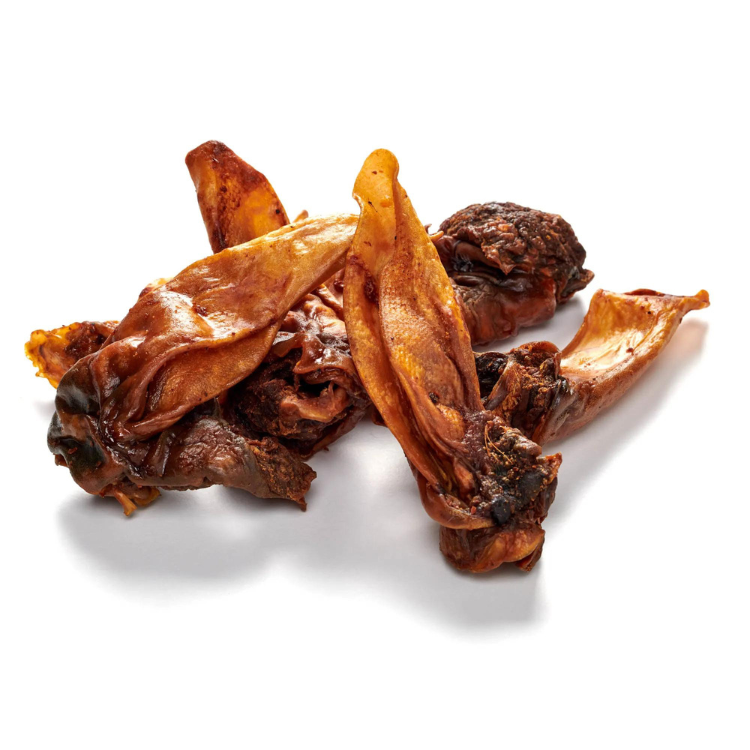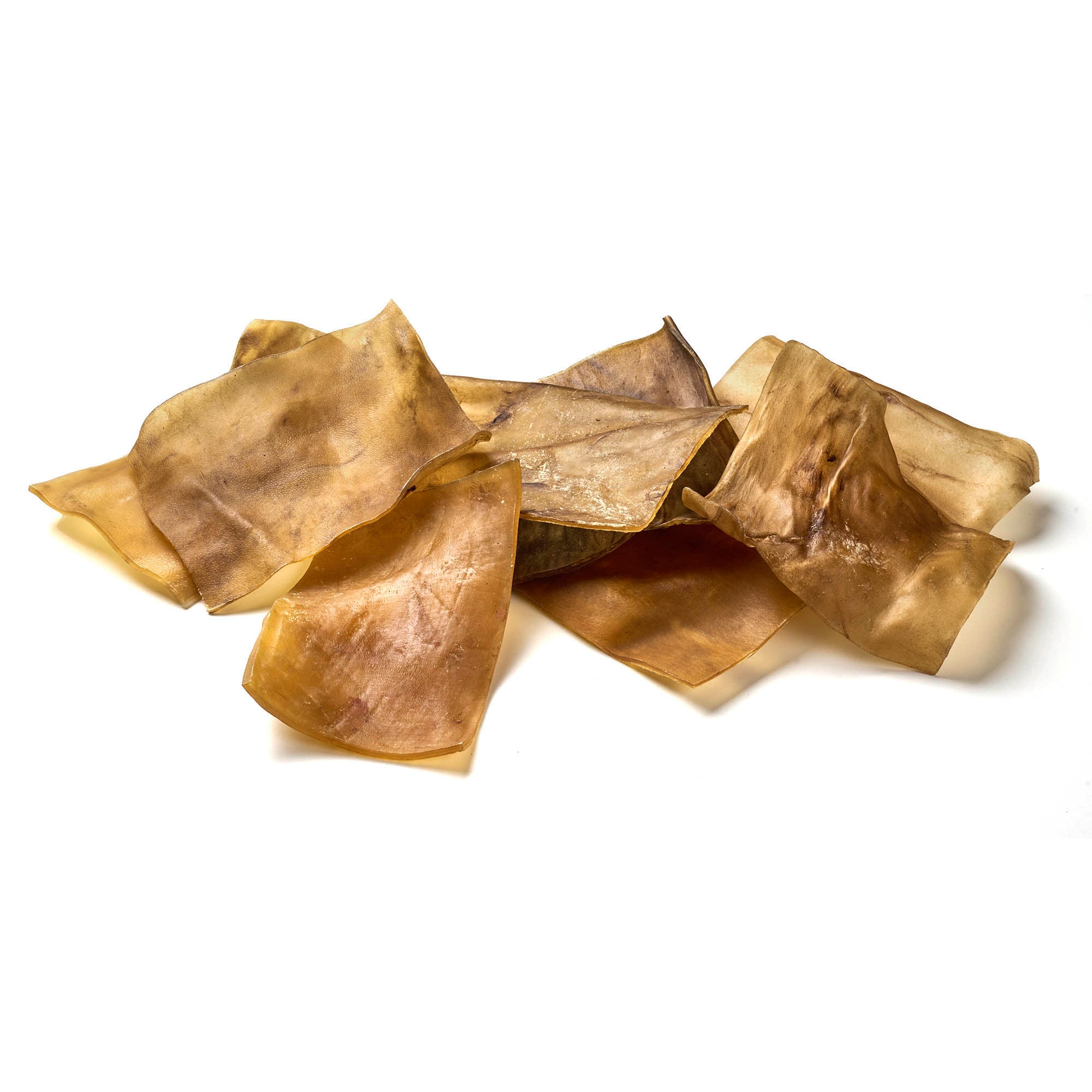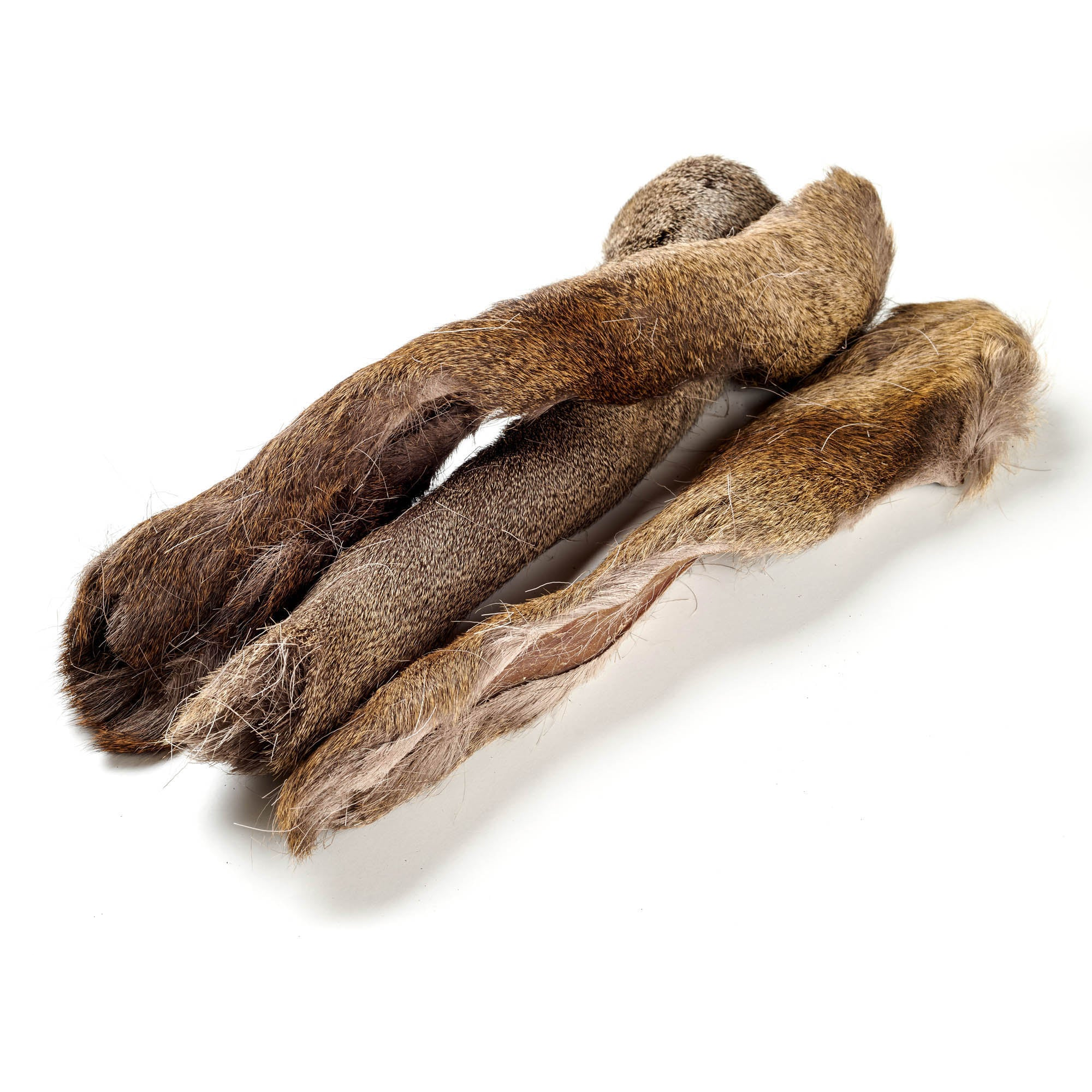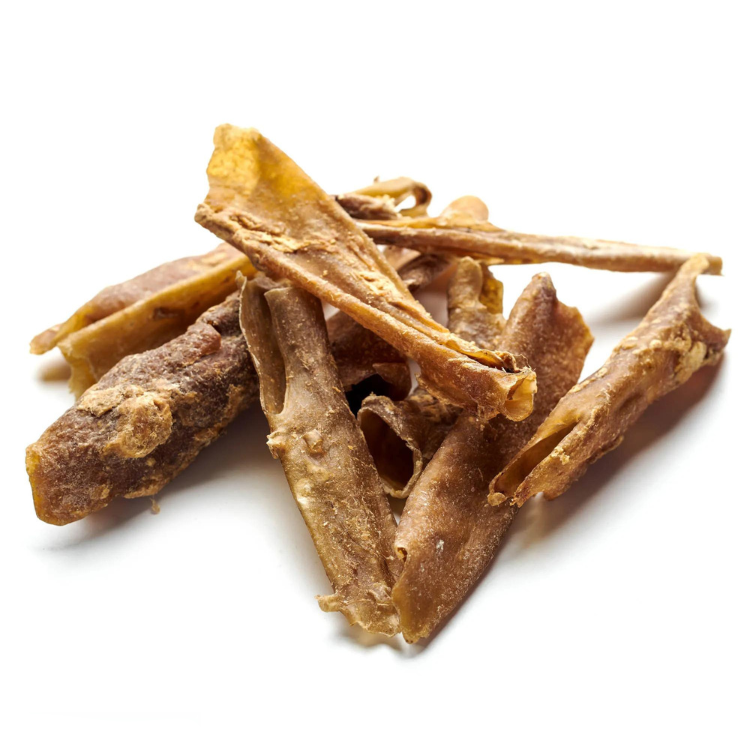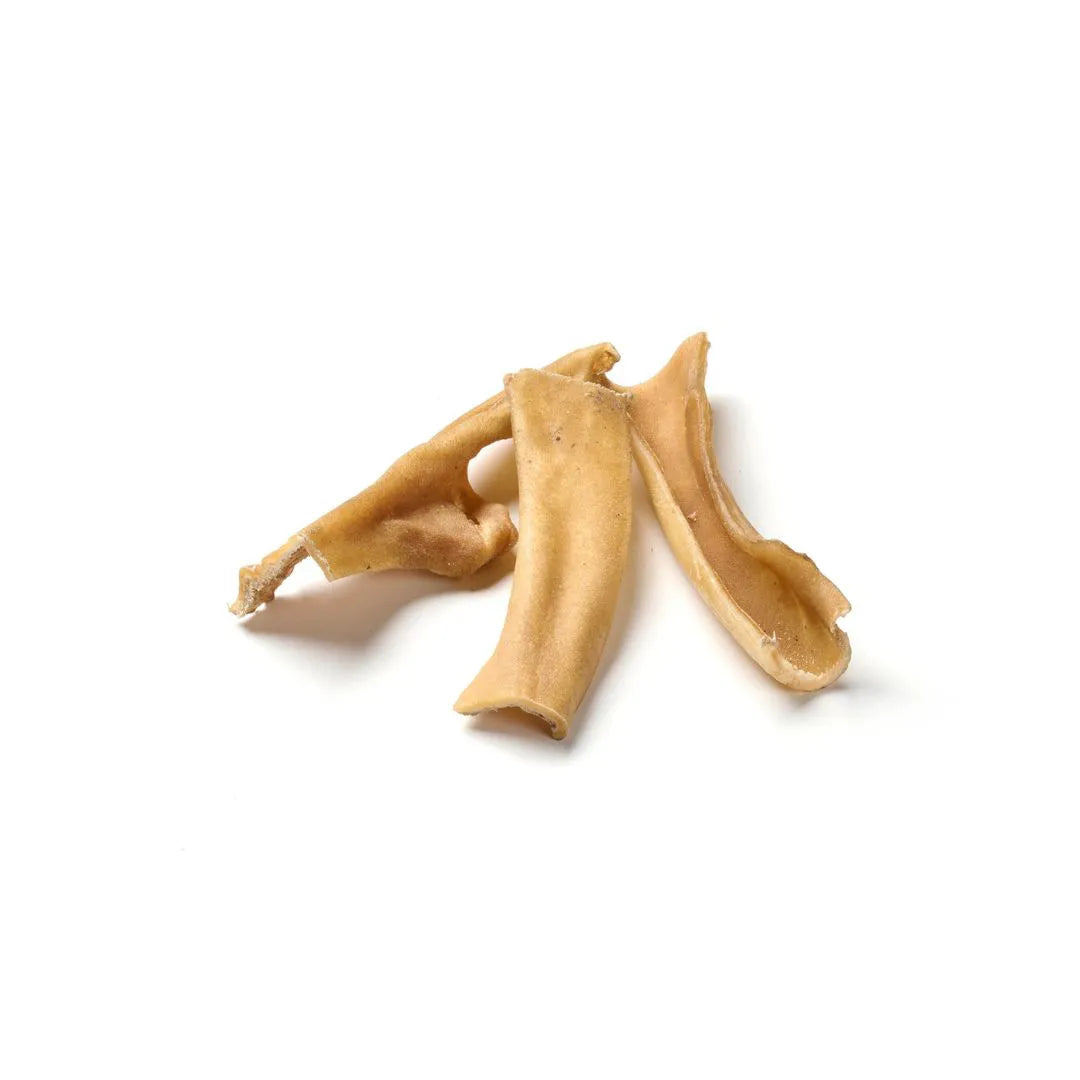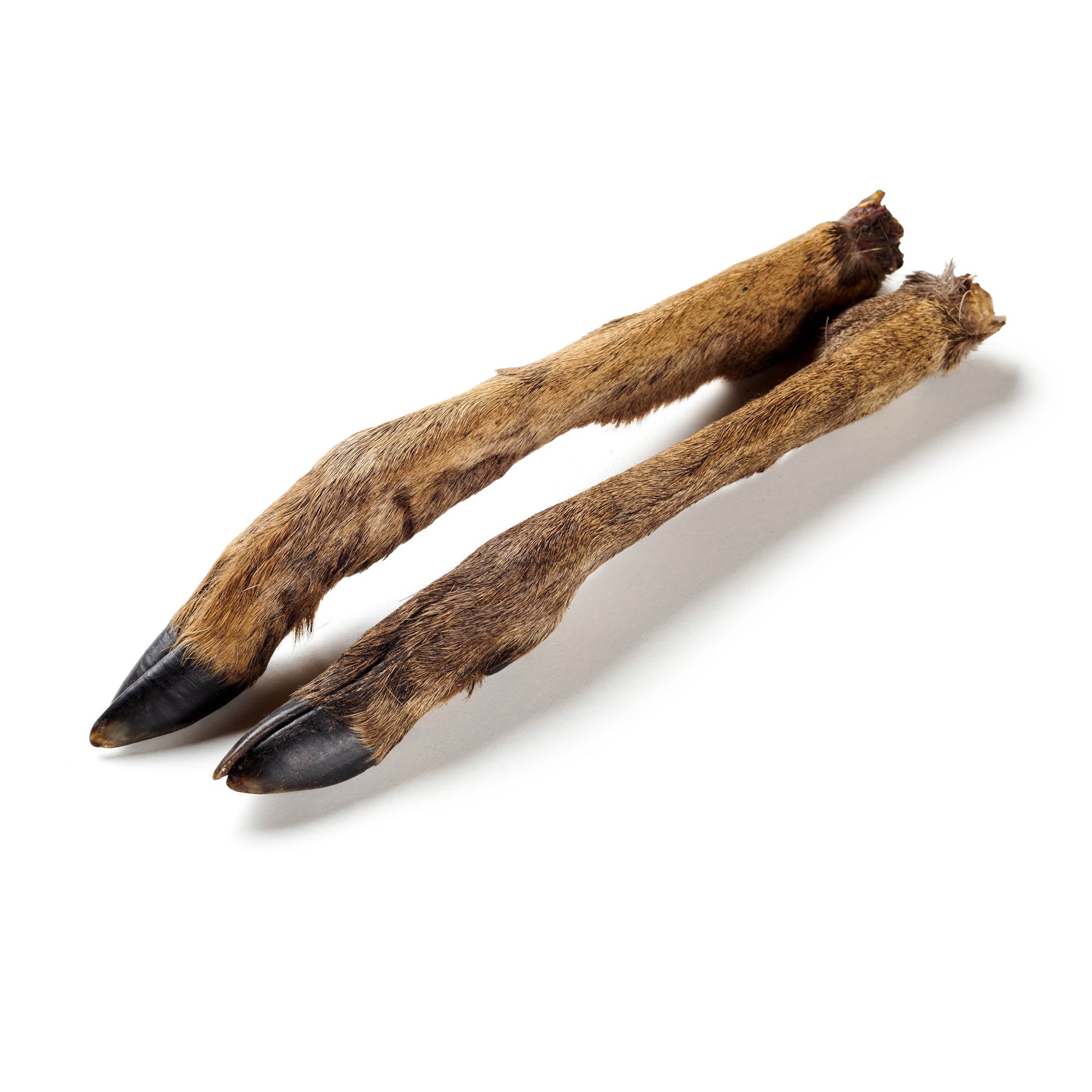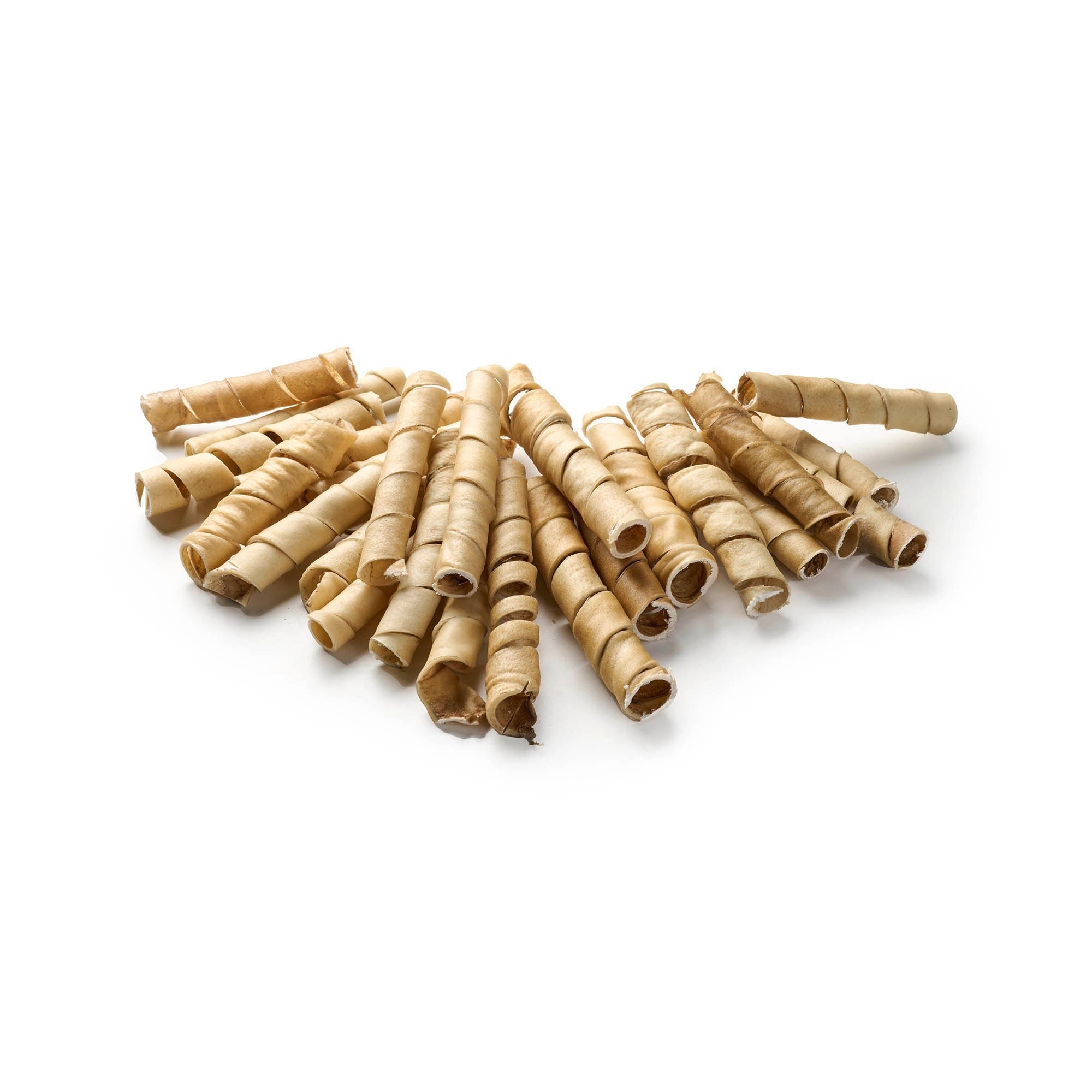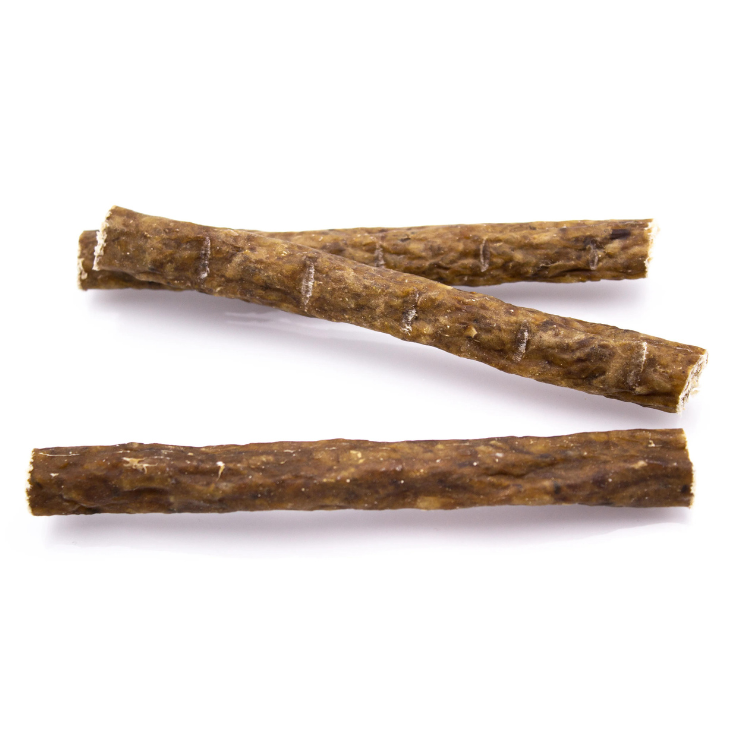
First aid for bee and wasp stings in dogs
Share
Ah, summer! Sunny days, endless walks and... oh yes, the inevitable bees and wasps that are hell-bent on our furry friends. While you might be enjoying an ice cream, your four-legged detective sees every buzzing challenge as a potential playmate or - worse - a snack! It's all fun and games until someone gets stung.
Suddenly, the faint hum in the air becomes the soundtrack to a dramatic afternoon. But don't worry, this guide is your first aid kit for everything that stings and buzzes, so your brave sniffer can keep frolicking happily through meadows even after a minor mishap. So, put on your knight's armor (aka your comfiest running shoes), because it's time to safely cross the spiky minefield known as "your backyard."
Contents: First aid for bee and wasp stings in dogs
- Bees, wasps and other stinging insects
- Recognizing bee and wasp stings
- First aid measures
- Emergency response: When to see a vet?
- Preventive action
- Conclusion
Delicious dog snacks for pure enjoyment are available from us!
Bees, wasps and other stinging insects
Bees and wasps are particularly active in the warmer months from spring to autumn. During this time they are looking for food and are very busy and aggressive, especially around their nests. Bees sting to defend themselves or to protect their colony and are generally peaceful creatures. They only sting when they feel threatened.
A bee's stinger is barbed, meaning that when it stings, it gets stuck in the skin. This causes the stinger to be ripped out of the bee's body, which is fatal to the bee.
Bee venom contains, among other things, melittin, which causes painful swelling and inflammation. In people who are allergic to bee stings, the symptoms can be very serious and require immediate medical treatment.
Unlike bees, wasps can sting multiple times because their sting is smooth and does not stick in the skin. Their venom contains a mixture of neurotoxins that can cause pain and inflammation. Wasp stings are often more painful than bee stings and can also cause severe allergic reactions.
Both types of insects are particularly attracted to sweet foods and drinks. They can also be provoked by quick movements or by striking at them. Therefore, it is advisable to remain calm near them and avoid quick movements.
But for dogs, stings and bites from other insects can also be very unpleasant and potentially cause health problems. Here are some insects that can be particularly problematic for dogs:
- Mosquitoes: Mosquito bites are not only annoying for humans, but can also affect dogs. They are particularly dangerous because they can transmit diseases such as cardiac or dirofilariasis, a serious disease that can affect the heart and lungs.
- Hornets: These insects can also sting dogs, especially if the dog tries to catch or bite them. The stings can be very painful and cause swelling, which in some cases can cause serious allergic reactions.
- Horseflies: Also known as horseflies, horseflies bite dogs to suck blood. The bite can be extremely painful and cause significant redness and swelling.
- Ants: The fire ant in particular is known for its painful bites and stings. If a dog stands or lies on an anthill, it can suffer multiple stings, causing significant pain and swelling.
- Fleas: Fleas are common parasites in dogs. Their bites can cause severe itching and discomfort, often leading to skin inflammation and secondary infections from scratching.
- Ticks: Although ticks do not bite in the traditional sense, they suck blood and can transmit diseases such as Lyme disease and ehrlichiosis. It is important to remove ticks as soon as possible and to take preventative measures.
As a dog owner, you should always keep an eye on your dog for any possible discomfort or allergic reactions after an insect sting or bite. Don't hesitate to consult a veterinarian if necessary. It's also a good idea to take preventative measures, such as regularly applying flea and tick preventatives and keeping your dog's vaccinations against insect-borne diseases up to date.
High-quality dog chews for your faithful companion can be found here!
Recognizing bee and wasp stings
To ensure that you act correctly if your dog is stung by a bee or wasp, it is important to recognize the typical signs of an insect sting. A clear indication of a sting is swelling or redness at the site of the sting. This reaction is often easy to recognize because your dog begins to lick or scratch the affected area intensively. These behaviors are reactions to the pain and discomfort caused by the sting.
In addition to the local reaction, you should also look for systemic signs of an allergic reaction. Such reactions can represent much more serious health problems and require immediate attention. Symptoms of a severe allergic reaction include:
- Difficulty breathing: Watch for your dog to be panting or having difficulty getting air. This may be due to swelling in the airways.
- Severe swelling: Swelling that spreads across your dog's face, lips or mouth can be a sign of a severe allergic reaction.
- Extreme restlessness or anxiety: If your dog is unusually restless, constantly spinning, or unable to settle, this could be an indication that he is under significant stress or pain.
These symptoms are warning signs that require an immediate response, often in the form of an urgent veterinary visit. Quick intervention can be crucial, especially if there are signs of shock or severe allergic reactions. Monitor your dog closely after a bee or wasp sting and do not hesitate to seek professional help if serious symptoms occur.
First aid measures
If your dog is stung by a bee or wasp, quick and cautious action is required to relieve pain and avoid possible complications. Here are important steps you should take to help your dog effectively:
Remove sting
If your dog is stung by a bee, it is important to remove the stinger as quickly as possible, as it can continue to release venom into the wound. First, you should calm your dog down to keep him still, as a squirming dog can make removal more difficult and increase the risk of further injury.
Once your dog is calm, carefully look for the stinger. It often appears as a small black splinter and is usually located in the center of the swelling. Use clean tweezers to gently grasp the stinger. It is important to pull the stinger straight out to avoid breaking off pieces of it and getting them stuck in the skin.
When grasping the stinger, be careful not to apply pressure to the venom sac located at the end of the stinger. Pressure could force additional venom into the wound, making the situation worse. After the stinger is removed, clean the area thoroughly and disinfect it with an antiseptic solution to prevent infection.
Finally, check that all parts of the stinger have been successfully removed. Residue can continue to cause irritation and inflammation. By acting quickly and carefully, you can minimize the unpleasant consequences of the sting for your dog and ensure that he recovers quickly.
Cleaning the puncture site
It is essential to clean the sting site thoroughly immediately after removing the stinger to minimize the risk of infection. Use clean, cool water and a mild soap to gently clean the affected area, making sure to gently dab the area around the sting rather than rubbing, as this could cause additional irritation.
Cold water is particularly effective as it not only helps cleanse the skin but also helps to reduce pain and inflammation. After cleansing, applying a cool, damp cloth can provide further relief and help reduce swelling.
If possible, keep the bite site dry and clean after cleaning. Monitor the site regularly for signs of infection, such as persistent redness, swelling, or pus formation. If such symptoms appear, it is advisable to consult a veterinarian to ensure that no further treatment is necessary.
Cold application
Applying cold is an effective way to reduce swelling and relieve inflammation. You can use an ice pack or a cool, damp cloth for cold therapy. It's important to place a clean cloth between the ice pack and your dog's skin to avoid direct contact with the ice, which could lead to frostbite.
Apply the cold in short intervals, about 10 minutes on, followed by at least 10 minutes of rest. This will help protect the skin while still taking advantage of the benefits of the cold to minimize the inflammatory response caused by the sting.
Be sure to observe your dog's reaction to the cold application. Some dogs may find the cold uncomfortable, especially in sensitive areas or if it is applied too intensely. If your dog shows signs of discomfort, stop the treatment and try a less intense cooling.
Repeating the cold application regularly in the first few hours after the sting can help significantly to speed up the healing process and provide relief to your dog. However, avoid leaving the cold pack on one spot for too long as this can cause skin irritation.
Pamper your dog with our delicious chews!
observation
After you've taken initial steps, careful observation of your dog is crucial. Keep him calm and watch him closely for signs of an allergic reaction that can occur after an insect bite. Symptoms to look out for include increased itching, persistent or increasing swelling, or respiratory problems, such as wheezing or labored breathing.
These signs may indicate that a more serious reaction is underway that requires immediate veterinary attention. It is helpful to take notes of your dog's behavior and the development of symptoms so that you can give the veterinarian accurate information if a visit becomes necessary.
Also watch for less obvious signs of discomfort, such as restlessness, excessive licking of body parts other than the bite site, or general disinterest in activities that are normally enjoyable. These more subtle signs may also indicate an allergic reaction or infection.
If you notice any concerning symptoms, especially if they develop or worsen rapidly, do not hesitate to contact your veterinarian. A prompt response can be crucial to preventing more serious health problems.
Pain relief
If your dog continues to show signs of discomfort after an insect bite, it is important that you seek professional help. Contact your veterinarian to discuss appropriate pain management. It is crucial to never administer medications intended for humans without first consulting a veterinarian, as many of these medications can be toxic to dogs and potentially life-threatening.
The veterinarian can prescribe special animal pain medications that are tailored to your dog's needs and ensure that no unwanted side effects occur. These medications can help to effectively relieve pain and aid the healing process.
It is also important to monitor throughout the healing process whether the medications administered are having the desired effect and how your dog reacts to them. If the symptoms do not improve or unexpected reactions occur, it is necessary to consult the veterinarian again to adjust the treatment plan if necessary.
Calming
It is important to calm and comfort your dog after an insect bite. Stress can worsen symptoms, so a calm environment will help promote recovery. Speak to your dog in gentle tones and provide a comfortable, quiet place to rest.
Gently petting or holding your dog gently can also be soothing if he likes it. If your dog has special preferences, such as a particular toy or blanket that makes him feel safe, use these to provide him with additional comfort.
Pay attention to your dog's reactions to different calming methods and adapt your approaches accordingly. By creating a supportive and calming environment for your dog, you will promote not only his physical recovery, but also his emotional recovery.
Emergency response: When to see a vet?
It is vital to consult a veterinarian immediately if your dog exhibits symptoms of a severe allergic reaction, as such conditions are potentially life-threatening. Look for these critical warning signs:
- Difficulty breathing: Wheezing, wheezing, or visible shortness of breath may indicate serious respiratory compromise.
- Severe swelling: Especially on the face, lips, around the eyes or on the paws. Such swelling can spread quickly and worsen the condition.
- Collapse or extreme weakness: These may indicate a severe circulatory reaction and require immediate help.
- Behavioral changes: Agitation, extreme restlessness or confusion are serious warning signs.
- Changes in mucous membranes: Noticeable redness, especially in the mouth and eye area, can indicate an allergic reaction.
If you see these symptoms, you should act immediately. Take your dog straight to a veterinarian or emergency clinic. Inform the clinic of your dog's condition in advance so they can prepare. If you are unsure whether a visit to the vet is necessary, it is always better to be safe than sorry and seek professional advice. Acting quickly is crucial and can save your dog's life.
Preventive action
There are several approaches you can take to protect your dog from insect bites. In addition to using animal-friendly repellents that can help keep bees and wasps away, appropriate training of your dog is of great importance.
What are repellents?
Repellents are substances used to deter insects. They contain ingredients that are unpleasant for certain insects, such as mosquitoes, ticks, bees and wasps. These products come in the form of sprays, collars or drops and should be specifically labelled for use on animals to ensure they are safe for your dog.
Training the dog
It can be a challenge to stop a dog from snapping at insects, especially when his natural hunting instinct is aroused. But it's worth the effort. Targeted dog training , in which you teach your dog to respond to commands such as "Leave it!" or "Come!" as soon as he shows interest in flying insects, can prevent many stings.
The use of positive reinforcement is particularly effective when training. Reward your dog with snacks or chews , playtime, or words of praise when he obeys your commands and lets go of the insects.
Although it takes patience to control this instinct, the effort is worth it. A well-trained dog that doesn't snap at every buzzing and whirring sound is safer from stings and their possible consequences.
Management of the environment
It's hard to avoid the buzzing of bees, wasps and other insects in the summer. The only thing you can really control is your dog's immediate surroundings.
The best thing to do is to make sure that no sugary drinks are left openly near you and that leftover food is quickly cleared away so as not to attract the insects even further. Small measures like this can help to reduce the number of bees and wasps near your dog.
Beyond that, all you can do is be alert and watch your dog when you are outside so that you can intervene quickly if he is attracted to an insect.
And maybe, even if it's unlikely, he'll learn from his mistake and stop sniffing the nasty insects after the first sting.
Conclusion
The summer months not only bring joy and fun outdoors, but also represent a time when our dogs may encounter more bees and wasps. While it may be tempting to view these buzzing insects as playmates or even snacks, doing so can result in painful stings. It is therefore essential for dog owners to be prepared and know what to do in the event of a sting.
The most important thing is to recognize the signs of an insect bite, such as swelling or redness, and to seek immediate veterinary attention in the event of severe allergic reactions, such as difficulty breathing or severe swelling. Proper first aid, including removing the stinger and applying cold, can be crucial to reducing pain and promoting healing.
In addition to emergency measures, it is advisable to take preventative steps to avoid stings. This includes training the dog not to snap at insects and managing the environment to keep bees and wasps away. Using repellents can also be helpful in deterring the insects.
Ultimately, the best defense against bee and wasp stings in dogs is a combination of preparation, quick action when stung, and preventative measures. These strategies can help ensure that your dog can romp around the meadows safely and happily in the summer without being put at risk by insect bites.
Enjoy moments together with our delicious dog chews!

